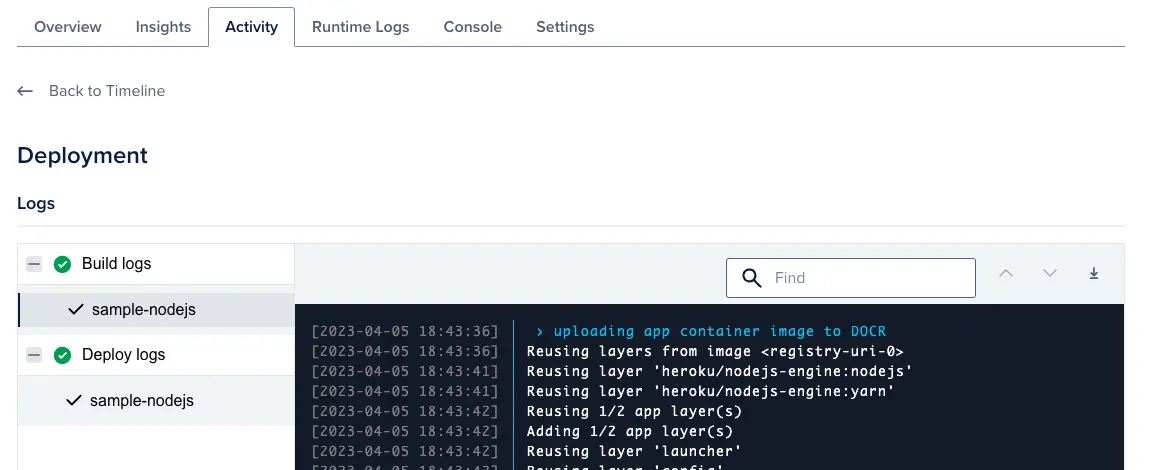Scaling Marine Data Infrastructure: Migrating from Digital Ocean to AWS

🐳 Scaling Marine Data Infrastructure — Migrating from Digital Ocean to AWS
Client Sector: Marine Conservation & Research
Client: University of Guam Marine Lab & Micronesia Coral Reef Monitoring Network
Service Type: Full-Stack System Modernization
Technologies Used: React, Django, R Shiny, Angular, Python, Pandas, Numpy, Scipy
🔗 Explore more blog posts from the Micronesia Reef Monitoring series here
🧭 Overview
To support the growing demands of a unified marine data platform, we led the migration from Digital Ocean to Amazon Web Services (AWS). The platform underpins the Micronesia Challenge, allowing stakeholders to track reef health and conservation progress across jurisdictions by comparing conditions inside and outside marine protected areas (MPAs).
Beyond MPA evaluation, the platform supports real-world conservation monitoring, including:
- Grouper spawning aggregation protection
- Fish size regulations
- Climate impact assessment and reef recovery tracking
Originally hosted on a single VPS, the platform faced increasing limitations in performance, scalability, and regional accessibility. By re-architecting on AWS, we delivered a resilient, scalable, and maintainable infrastructure that empowers scientists with real-time, data-driven insights.
⚠️ The Need for a Scalable Foundation
The original VPS setup served its purpose in early stages but struggled to keep up with expanding data needs and user load.
1. Infrastructure Limitations
- Sluggish performance on large datasets and maps
- Limited system monitoring and logs
- Restricted control over scaling and optimization
With deep experience in AWS and its native observability tools, we chose it as the long-term solution for stability and growth.
2. Operational Bottlenecks
- Manual container management and database backups
- Reactive incident response due to low visibility
- Slow development cycles and higher risk in production
Moving to Amazon ECS, ECR, and Lightsail allowed us to streamline operations, automate infrastructure, and speed up iteration without sacrificing control.

🏗️ Migration Strategy & AWS Architecture
We migrated the entire system to AWS in a single transition, ensuring stability before retiring the legacy infrastructure.
- Amazon ECS (Fargate): Containerized backend services with auto-scaling and isolation
- Amazon ECR: Versioned Docker image storage
- Amazon RDS (PostgreSQL + PostGIS)
- Amazon S3 + CloudFront: Global delivery of frontend assets
- Amazon Route 53: DNS with regional failover and health checks
- AWS Lightsail Containers: Lightweight environment for development and feature testing
- GitHub Actions + Terraform: Shared CI/CD and infrastructure-as-code pipelines across all environments

⚖️ Environment Design: Optimized for Scale and Cost
We designed the infrastructure to meet the different needs of production and development.
🏭 Production: Scalable and Resilient
- High availability with RDS and auto-scaling ECS
- Fast, reliable access with CloudFront and S3
- Robust observability and security with CloudWatch and encrypted secrets
🧪 Development: Lightweight and Efficient
- Rapid iteration and testing with Lightsail Containers
- Cost-effective deployments with simplified networking and compute
- Identical CI/CD flow for seamless transition to production
🧠 Best Practices We Adopted
- Cloud-native architecture: No EC2 or manual networking
- Zero-downtime deploys: Blue/green ECS rollout and RDS replicas
- Infrastructure as Code: Managed with Terraform
- Security by default: TLS and private networking
🌐 Impact on Research & Operations
The new infrastructure delivers tangible improvements:
- ⚡ Faster dataset access speeds up research timelines
- 🧘 Stable backend services
- 🌎 Low-latency performance supports collaborators worldwide
- 🚀 Repeatable workflows empower safe, rapid feature development
This system now supports future expansion into related initiatives like coral reef health monitoring, fish migration analysis, and pollution detection.
✅ Summary
Migrating from Digital Ocean to AWS enabled us to turn a functional prototype into a scalable, secure, and high-performance platform for modern marine research.
🧾 Highlights:
- ECS + ECR: Scalable, containerized deployments
- RDS + PostGIS: Managed, spatially aware data storage
- S3 + CloudFront: Global, fast content delivery
- CloudWatch: Centralized metrics, logging, and alerting
- CI/CD with GitHub Actions: Safe, automated deployments
The result is a future-ready system that supports regional conservation goals and global marine science collaboration.
📚 Explore more case studies from the Micronesia Reef Monitoring initiative here.